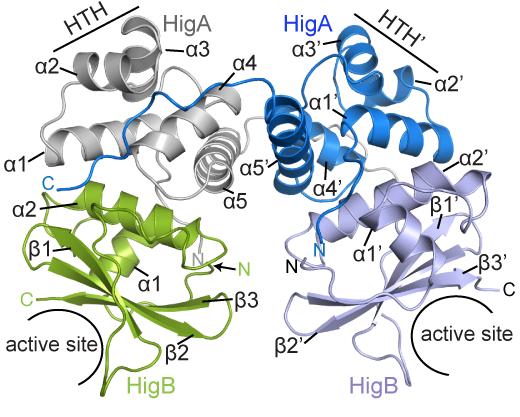One of the speakers at Thursday’s Antibiotic Resistance Center symposium, Gerald Wright from McMaster University, made the case for fighting antibiotic resistance by combining known antibiotics with non-antibiotic drugs that are used to treat other conditions, which he called adjuvants.
As an example, he cited this paper, in which his lab showed that loperamide, known commercially as the anti-diarrheal Immodium, can make bacteria sensitive to tetracycline-type antibiotics.
Wright said that other commercial drugs and compounds in pharmaceutical companies’ libraries could have similar synergistic effects when combined with existing antibiotics. Most drug-like compounds aimed at human physiology follow “Lipinski’s rule of five“, but the same rules don’t apply to bacteria, he said. What might be a more rewarding place to look for more anti-bacterial compounds? Natural products from fungi and plants, Wright proposed.
“I made a little fist-pump when he said that,” says Emory ethnobotanist Cassandra Quave, whose laboratory specializing in looking for anti-bacterial activities in medicinal plants.
Indeed, many of the points he made on strategies to overcome antibiotic resistance could apply to Quave’s approach. She and her colleagues have been investigating compounds that can disrupt biofilms, thus enhancing antibiotic activity. More at eScienceCommons and at her lab’s site.






